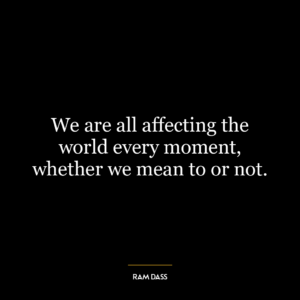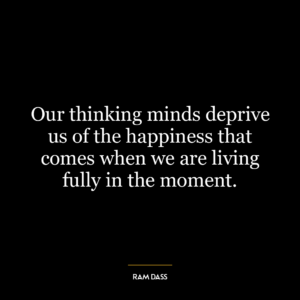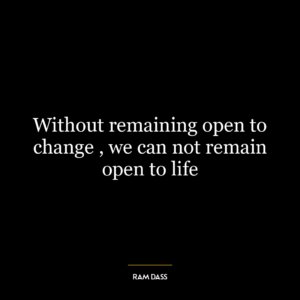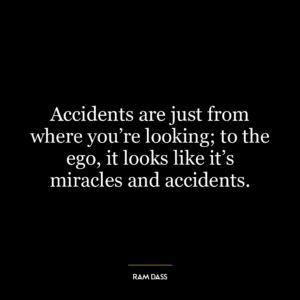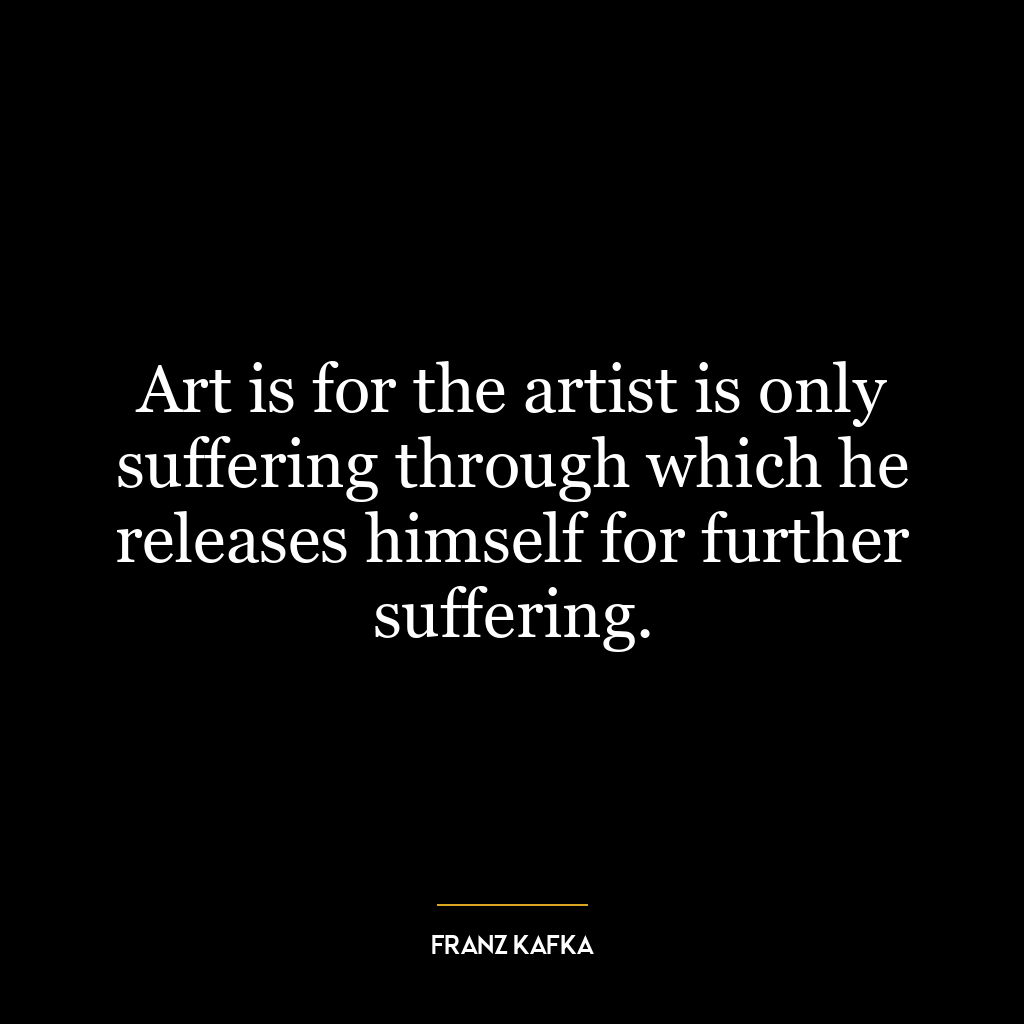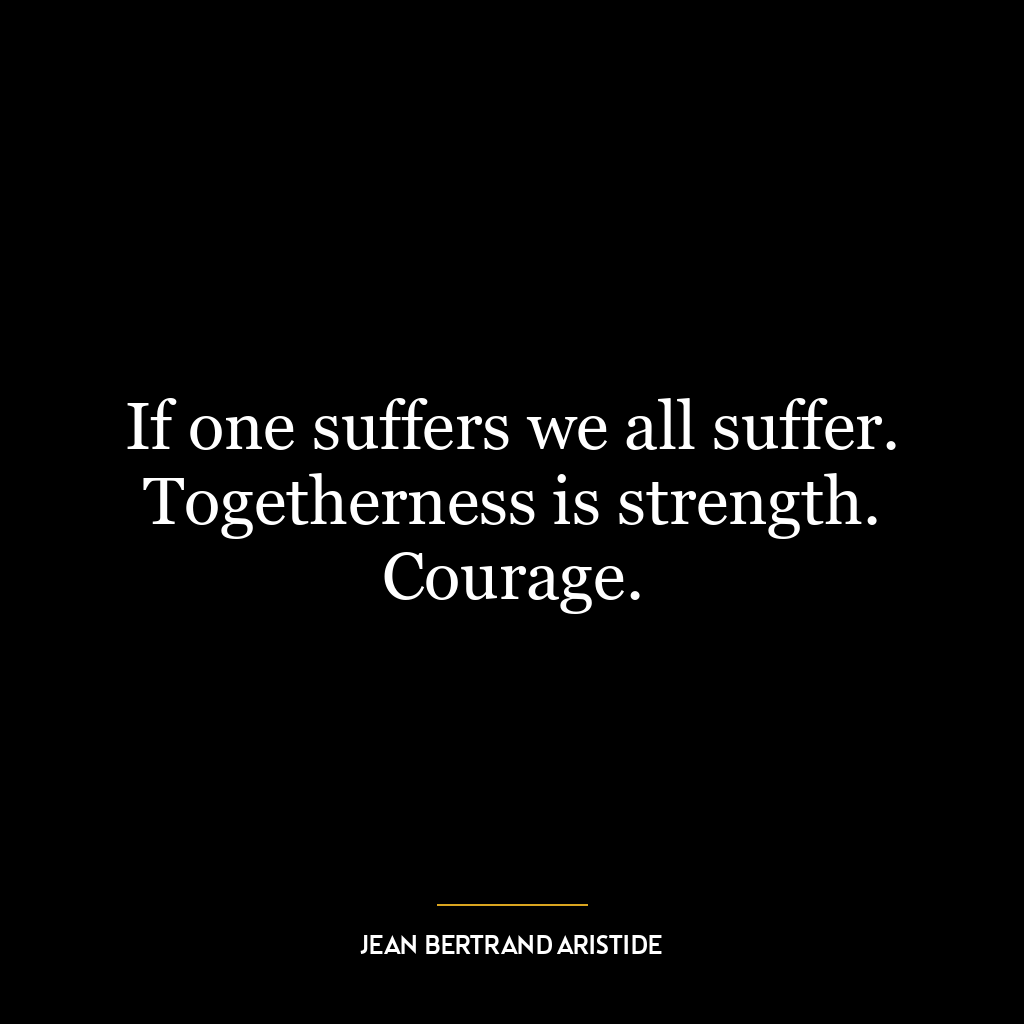Suffering only shows where you are attached. That is why, to those on the path, suffering is grace.
Suffering only shows where you are attached. That is why, to those on the path, suffering is grace.” This quote suggests that suffering is not merely a form of pain or distress, but rather an indicator of our attachments, dependencies, and desires. It is a mirror reflecting back to us the things, people, or ideas we are most connected to and invested in.
From this perspective, suffering becomes a tool for self-awareness and self-discovery. It provides a roadmap to our inner selves, pointing out the areas where we are most vulnerable, where we have the deepest emotional investments. This is why the quote refers to suffering as “grace” for those on the path, presumably the path of self-discovery or spiritual growth. It’s seen as a gift, an opportunity for growth and transformation.
In the context of personal development, this means recognizing and acknowledging our suffering as a crucial step towards self-improvement. It’s about using our pain as a catalyst for change, as a means to identify and address our weaknesses, our fears, and our unhealthy attachments.
In today’s world, where many people strive for a life devoid of discomfort, this perspective offers a refreshing counterpoint. It suggests that instead of avoiding or suppressing our suffering, we should embrace it as a valuable source of insight and personal growth.
This idea could be applied in various ways. For instance, if someone is suffering from the end of a relationship, instead of trying to quickly move on, they could take time to understand their pain, what it says about their attachment to their partner, and how they can grow from this experience. Similarly, if someone is stressed about their job, they could use this as an opportunity to examine their relationship with work and perhaps reassess their career goals or work-life balance.
In essence, the quote encourages us to see suffering not as an enemy to be defeated, but as a teacher to be learned from. It’s about transforming our relationship with suffering, turning it from a source of distress into a tool for self-discovery and personal growth.




